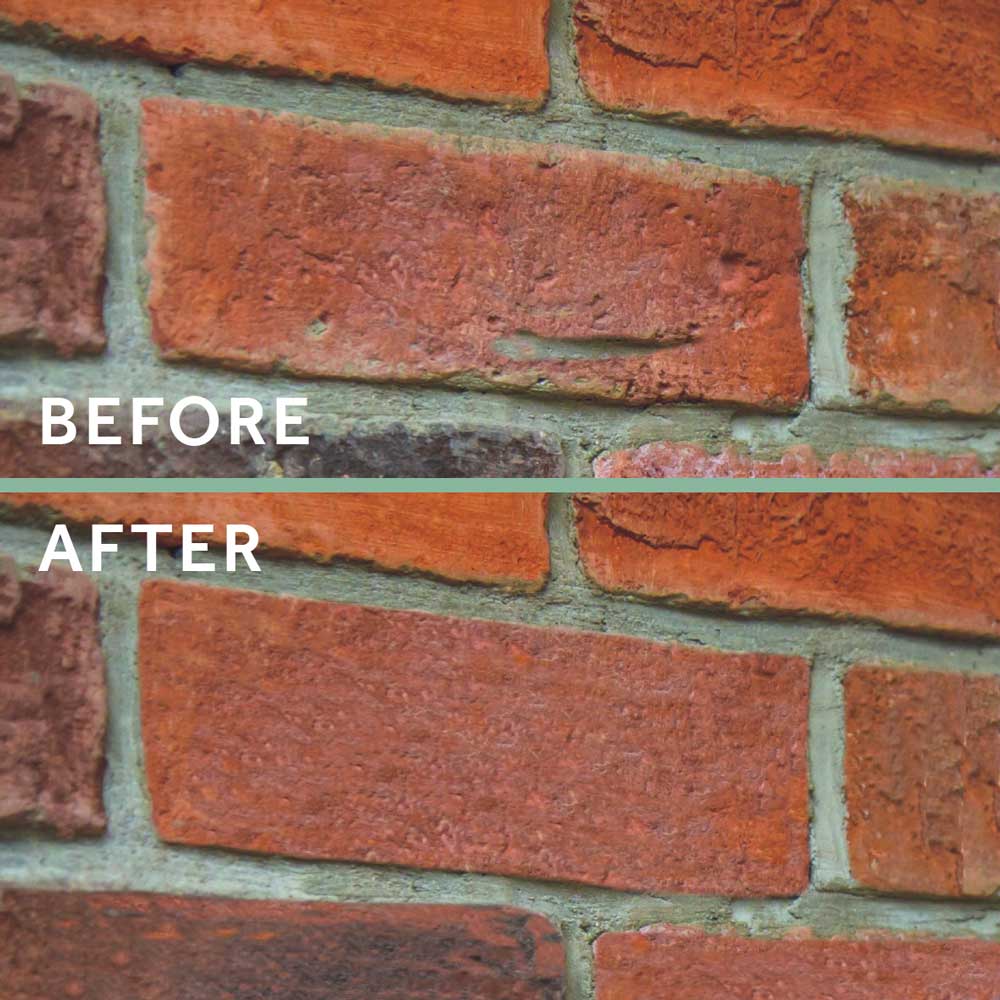
Image Source: Google
Old bricks can add charm and character to a home, but over time, they may start to show signs of wear and tear. Restoring old bricks can not only improve the appearance of your property but also help maintain its structural integrity. In this article, we will explore some brick repairs techniques and tools that homeowners can use to restore old bricks effectively.
Assessing the Condition of Old Bricks
Before starting the restoration process, it is essential to assess the condition of the old bricks. Look out for the following:
- Cracks and chips
- Efflorescence (white powdery substance)
- Mortar deterioration
- Discoloration
- Loose bricks
By identifying these issues, you can determine the extent of the restoration work required and choose the appropriate tools and techniques.
Cleaning Old Bricks
Cleaning old bricks is a crucial step in the restoration process. Here are some techniques you can use to clean old bricks:
- Pressure washing: Use a pressure washer to remove dirt, grime, and loose mortar from the bricks. Adjust the pressure settings to prevent damage to the bricks.
- Chemical cleaning: There are various brick cleaning solutions available in the market that can effectively remove stains and discoloration from old bricks. Follow the manufacturer's instructions carefully when using these chemicals.
- Wire brushing: For stubborn stains or efflorescence, you can use a wire brush to scrub the surface of the bricks gently.
Once the bricks are clean, allow them to dry completely before proceeding with the restoration work.
Repairing Old Bricks
If your old bricks have cracks, chips, or loose mortar, you will need to repair them before proceeding with the restoration. Here are some techniques for repairing old bricks:
- Tuckpointing: This involves removing deteriorated mortar and replacing it with fresh mortar. Match the color of the new mortar to the existing mortar for a seamless finish.
- Brick replacement: If you have severely damaged bricks, you may need to replace them with new ones. Make sure the new bricks match the color and size of the old ones.
- Crack repair: Use a brick repair caulk to fill in cracks and chips in the bricks. Smooth out the caulk with a putty knife for a uniform appearance.
Make sure to allow sufficient time for the repairs to dry before moving on to the next step in the restoration process.
Sealing Old Bricks
Sealing old bricks is essential to protect them from water damage, mold growth, and staining. Here are some steps to seal old bricks effectively:
- Choose a breathable sealer: Opt for a sealer that allows moisture to escape from the bricks to prevent trapped moisture and potential damage.
- Apply the sealer: Use a brush or roller to apply the sealer evenly to the surface of the bricks. Make sure to cover the entire area and follow the manufacturer's instructions for drying times.
- Reapply as needed: Depending on the sealer used, you may need to reapply it every few years to maintain the protection of the bricks.
Sealing old bricks not only enhances their appearance but also prolongs their lifespan, making your restoration efforts last longer.
Maintaining Restored Bricks
Once you have restored and sealed your old bricks, it is essential to maintain them properly to ensure their longevity. Here are some tips for maintaining restored bricks:
- Regular cleaning: Keep the bricks clean by removing dirt, debris, and organic growth regularly.
- Inspect for damage: Periodically check the bricks for any signs of cracks, chips, or mortar deterioration and repair them promptly.
- Avoid harsh chemicals: When cleaning the bricks, use mild soap and water instead of harsh chemicals that can damage the surface.
By following these maintenance tips, you can preserve the beauty and integrity of your restored old bricks for years to come.